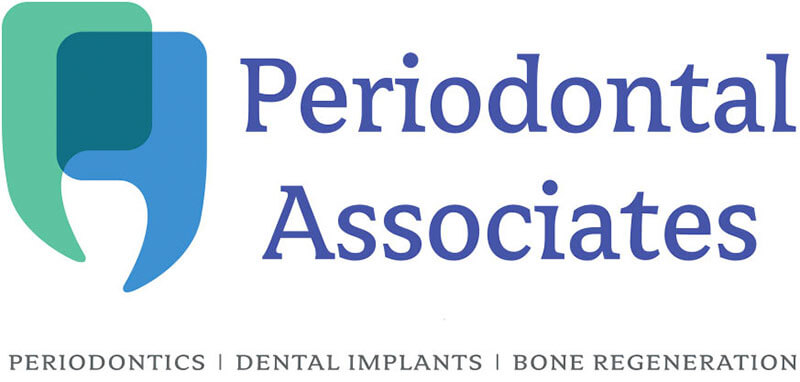If you’re missing two or more adjacent teeth, you have three options to replace them: a conventional dental bridge or an implant-supported bridge or a removable partial prosthesis. While conventional dental bridges have been used to replace teeth for hundreds of years, implant-supported bridges have quickly become the preferred solution for patients who are missing teeth. Here’s why.
Implant-Supported Bridges Don’t Compromise Healthy Teeth
There are a few different options for dental bridges, but the most common type involves placing crowns on two or more teeth adjacent to your missing teeth for support. Placing crowns for bridges means removing otherwise healthy tooth structures in order to attach crowns to them.
Before dental implants, this was the standard solution for missing teeth, but that doesn’t mean it’s an ideal one. Over time, these types of bridges are prone to breaking; the supporting teeth are also susceptible to damage and decay because each time you bite down or chew, you’re placing stress on them.
Other types of dental bridges still place stress on the abutment (supporting) teeth—a Maryland bridge, which places the least amount of stress, also offers the least stability because it’s only supported by a metal or ceramic framework that’s bonded to the backs of the supporting teeth.
Implant-supported bridges are self-supporting. They don’t need other teeth to anchor them in place; instead dental implants are used to replace the two outermost missing teeth and these implants support your bridge, leaving your healthy teeth untouched.
Implant-Supported Bridges Are More Natural
A traditional bridge replaces the visible portion of a missing tooth, but as anyone who has seen an extracted tooth knows, there’s even more tooth structure under the surface. Implant-supported bridges replace the roots of your teeth too, which makes them more stable. Instead of being held in place by two adjacent teeth, an implant-supported bridge is anchored by a dental implant, which acts as an artificial root.
Because of this, implant-supported bridges feel, look, and function more like your real teeth. Over time, you might even forget that you have them! Although it may seem counterintuitive, dental implants are actually a conservative treatment option for this reason—they offer predictable results because they are so similar to natural teeth in function and form.
Implant-Supported Bridges Prevent Bone Loss
The fact that implant-supported bridges replace the roots of your missing teeth is important for another reason as well: it prevents bone loss in the jaw.
When you have missing teeth, it sends a signal to the body that the bone that once supported the teeth is no longer needed. Through a process called resorption / atrophy, your body breaks down the bone and transports its minerals elsewhere. The result is a sunken, prematurely aged facial appearance. Implant-supported dentures prevent this from happening—and it can even reverse bone loss that has already occurred.
Learn More About Implant-Supported Bridges
If you’re interested in discussing the benefits of implant-supported bridges and finding out if you’re a candidate for the procedure, contact us at 508-875-6185 to schedule an appointment at our Framingham office or 617-964-6185 to schedule an appointment at our Newton location.

